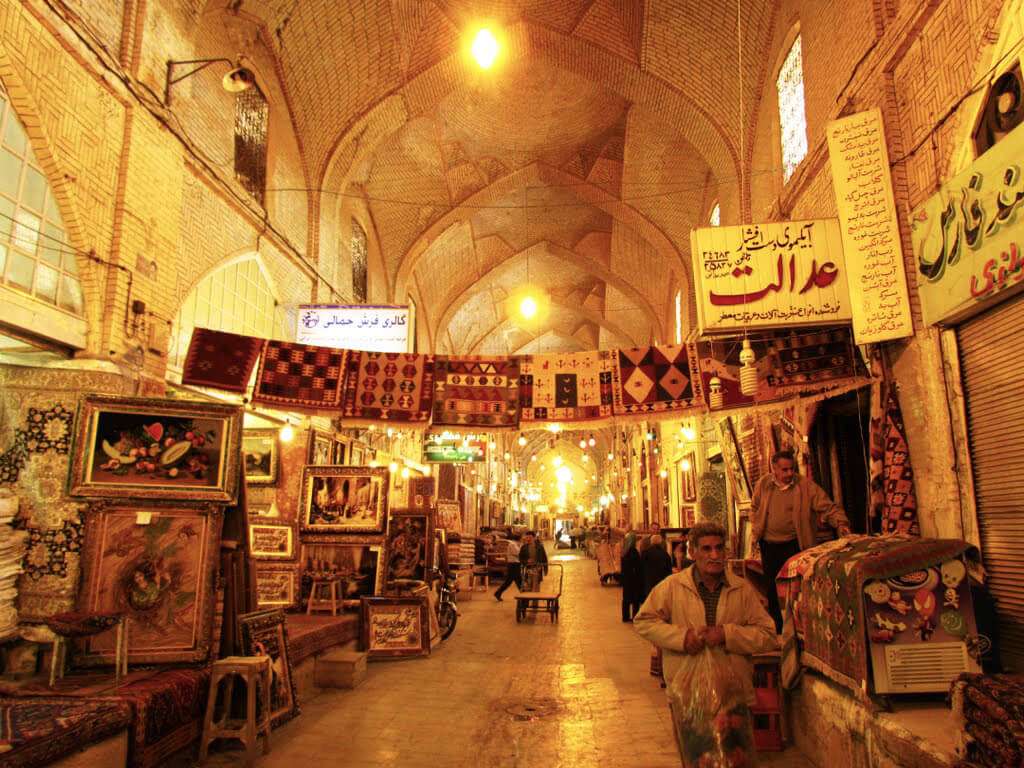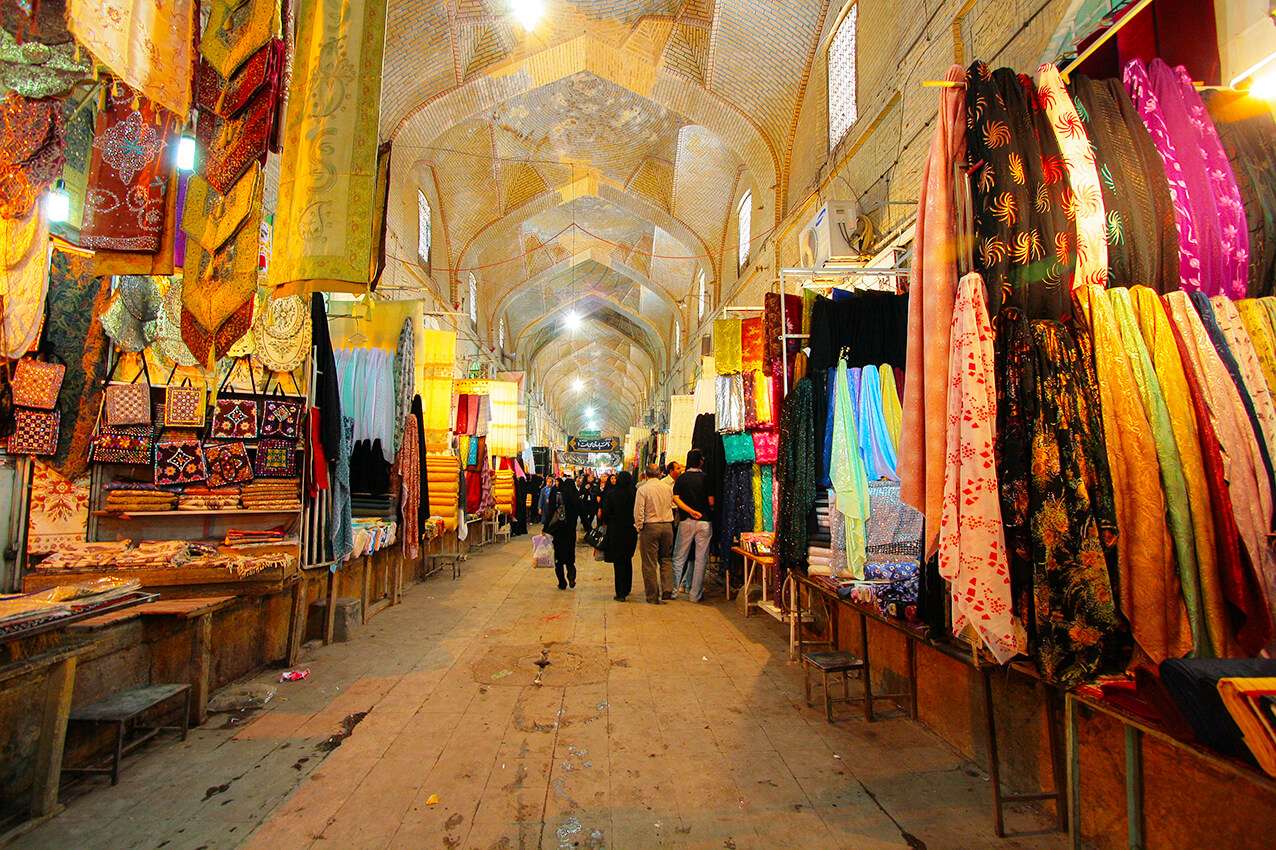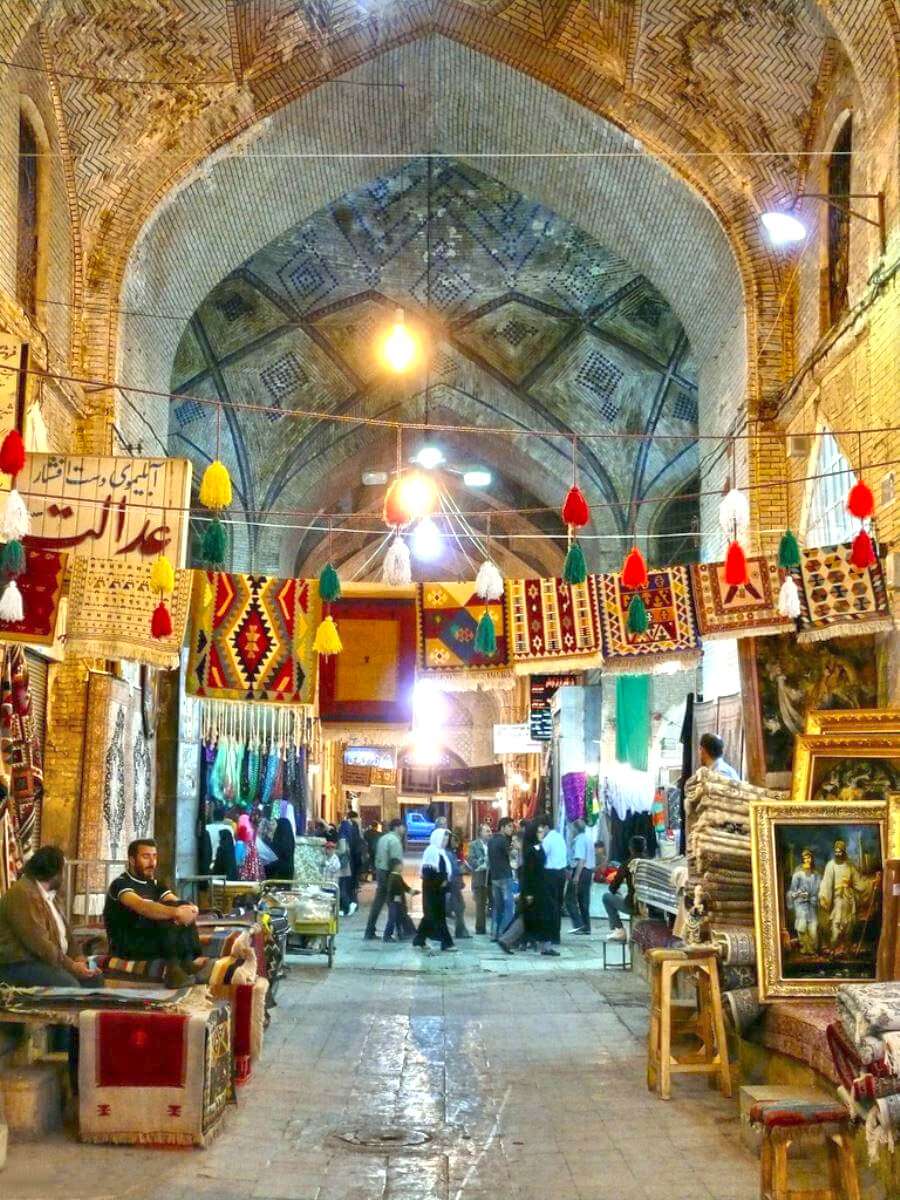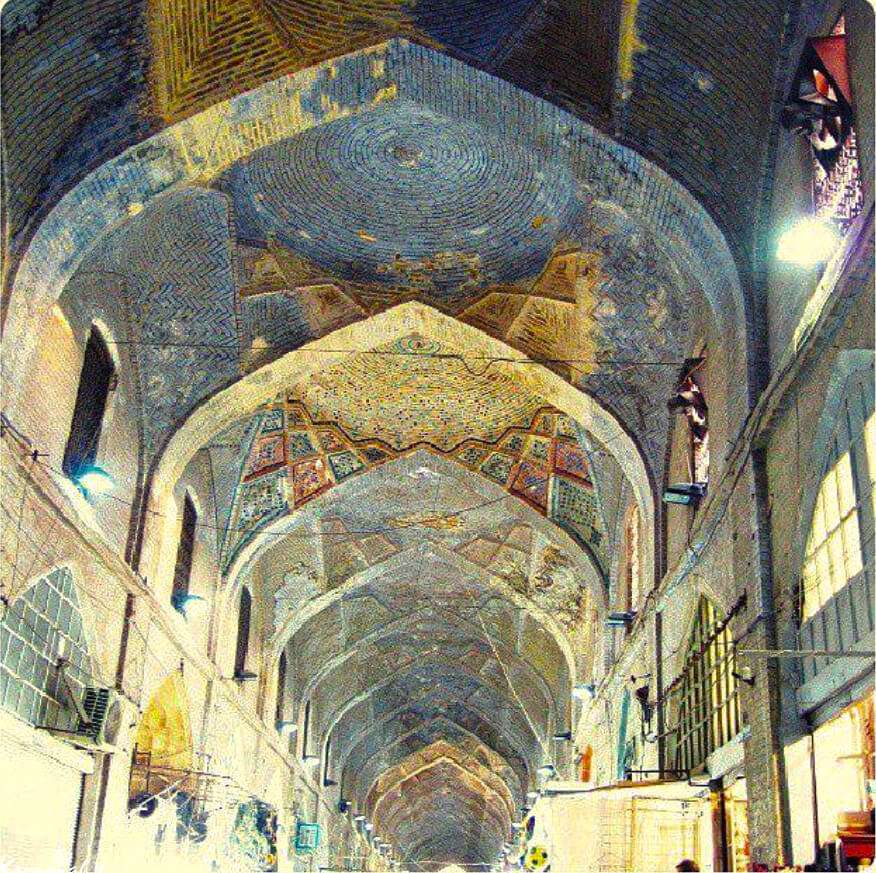Vakil Bazaar
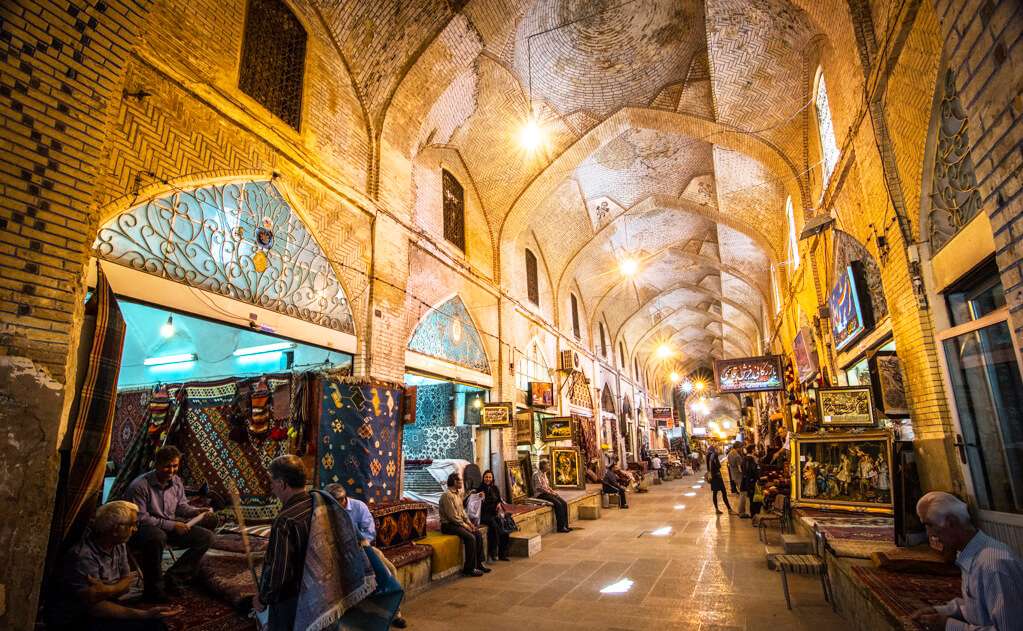
- Visiting
Vakil Bazaar in Shiraz
- ThemeHistory and Culture
- CodeIRSG80
- Duration1 hr(s)
Walking along the 18th-century traditional bazaar of Vakil.
- Spring8:00-21:30 *
- Summer8:00-21:30
- Autumn8:00-21:30 *
- Winter8:00-21:30
* Best Time
Photos of the Vakil Bazaar
Explore the Vakil Bazaar
Vakil Bazaar
Vakil bazaar was built between the years 1770 and 1774 following the order of Karim Khan, the regent of Iran and founder of the Zand dynasty. It is said that Karim Khan was inspired by the Safavid Qayṣariya bazaar of Lar, and had this bazaar built in a similar way. This Bazaar was owned by the court which lent the stores to the shopkeepers for a small charge.
The bazaar stretches from the northeast to the southwest, forming a cross-shaped plan constituted by two perpendicular archways. Each branch of this cross forms a specific commercial unit, called rasteh. The two north and south rastehs used to include eighty-two shops, the west and east wings housed twenty and thirty-eight shops respectively. The southern rasteh was the draper’s bazaar (Bazzazan); the northern one was for the hatters (Kolahdouzan); traders in the eastern rasteh sold thread, lace and tapes (Allaqebandan) and the western rasteh was used for selling quiver and swords (Tarkeshduzan). Although the rastehs may not be used for the same purpose anymore, they are still referred to by the same titles.
Architecturally, each rasteh is formed of a number of successive archways. The archways constituting the Vakil Bazaar were about ten meters high and designed in a way to provide proper light and ventilation. Chaharsu, meaning four ways, is the point where two archways intersect. There used to be a pool and an arcade in the chaharsu where the merchants used to meet each other and communicate. Stone, baked brick, gypsum mortar, and wood were used in the construction of the bazaar—stone in the foundation, the lower sections and platforms of the shops in order to avoid dampness, baked bricks in the walls and the vaults, and wood for the doors.
Apart from the shops, there are several workshops for the craftsmen, storerooms for the merchants and caravansaries in the eastern, western and northern sides of the bazaar, namely Rowghani, Ahmadi, Qawami and Gomrok caravansaries. Fil caravansary (elephant caravansary) is also located on the southern part of the west wing. This was built in 1766 and housed the offices of the merchants. Some parts of Qawami and Rowgani caravanserais, as well as eight arches of the bazaar, were demolished due to urban expansion in the Pahlavi I era.
Once an international trade center, this bazaar contains 180 shops mainly selling carpets, rugs, spices, cooper handicrafts and antiques. The highlight of the bazaar is Saray e Moshir located in the southern end of the bazaar, built during the Qajarid era (1785 to 1925). It was built by Mirza Abolhassan Khan Moshirolmolk. Following the Safavid style of architecture, this caravansary consists of a big pool in the middle surrounded by four flower beds and shops laid on the western and eastern sides. Local souvenirs and handicrafts are being sold in this bazaar and caravanserai.
Nou bazaar is another great bazaar lying in the heart of Vakil bazaar. It starts at the northernmost point of Vakil bazaar, and ends in Isfahan Gate. This Qajarid bazaar mostly trades in textiles, household objects, and leather products. The long lanes with delicate rays of light shining through the aperture and wooden doors create a great eastern ambiance.
Important Information
Additional Info
Strolling in the bazaar, you can buy high quality handicrafts (especially hand-woven gabbeh) and delicious Shirazi sweets
Walking around Vakil bazaar feels like a feast of delicious sweets and foods. Many sweet shops and restaurants around the bazaar offer the best Shirazi sweets and dishes.
Cost Info
- Shah Abbasi Kabab in Sharzeh Restaurant6.5 €
- Kalam-polo in Sharzeh Restaurant -
- Lamb neck and rice in Kateh Mas Restaurant4.5 €
- Chelo Kufteh Shirazi (rice and meatballs) in Vakil Restaurant2.5 €
- Tea and cake in Joulep Café -
